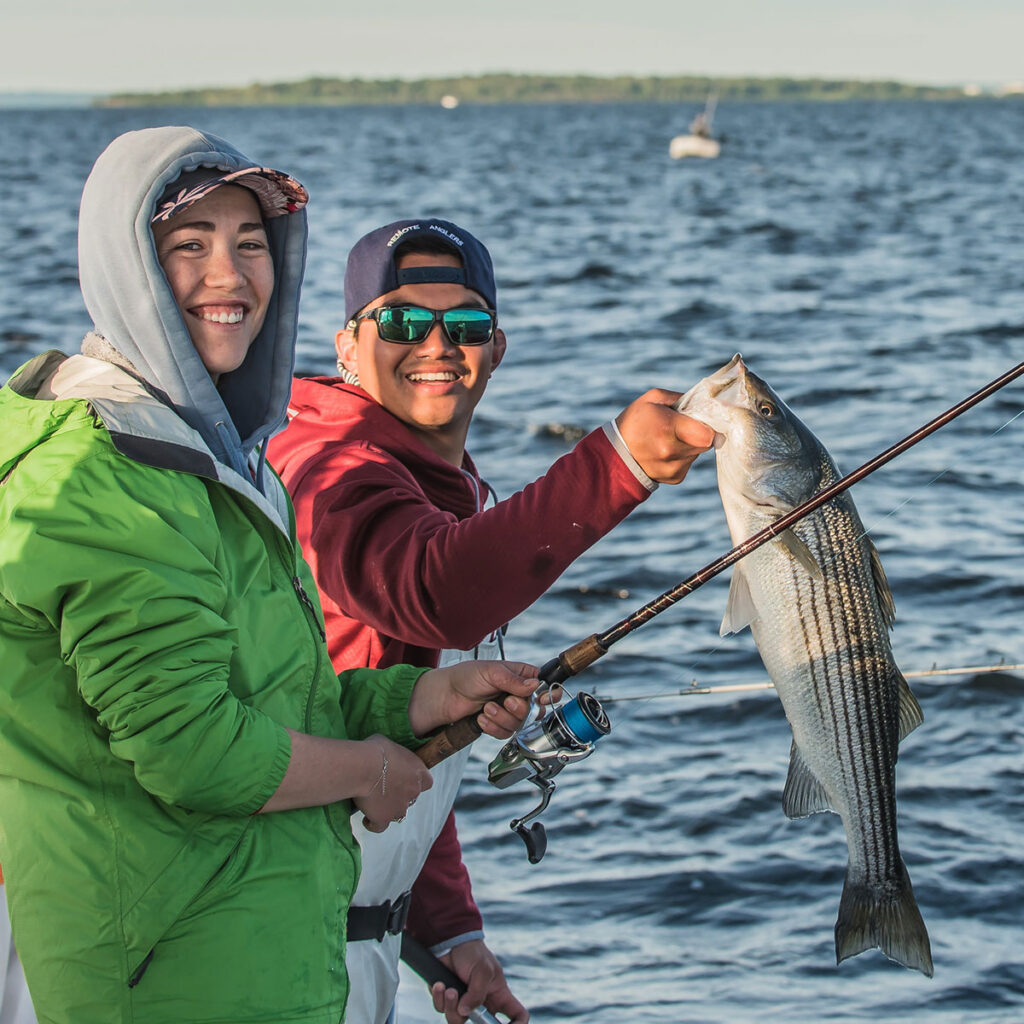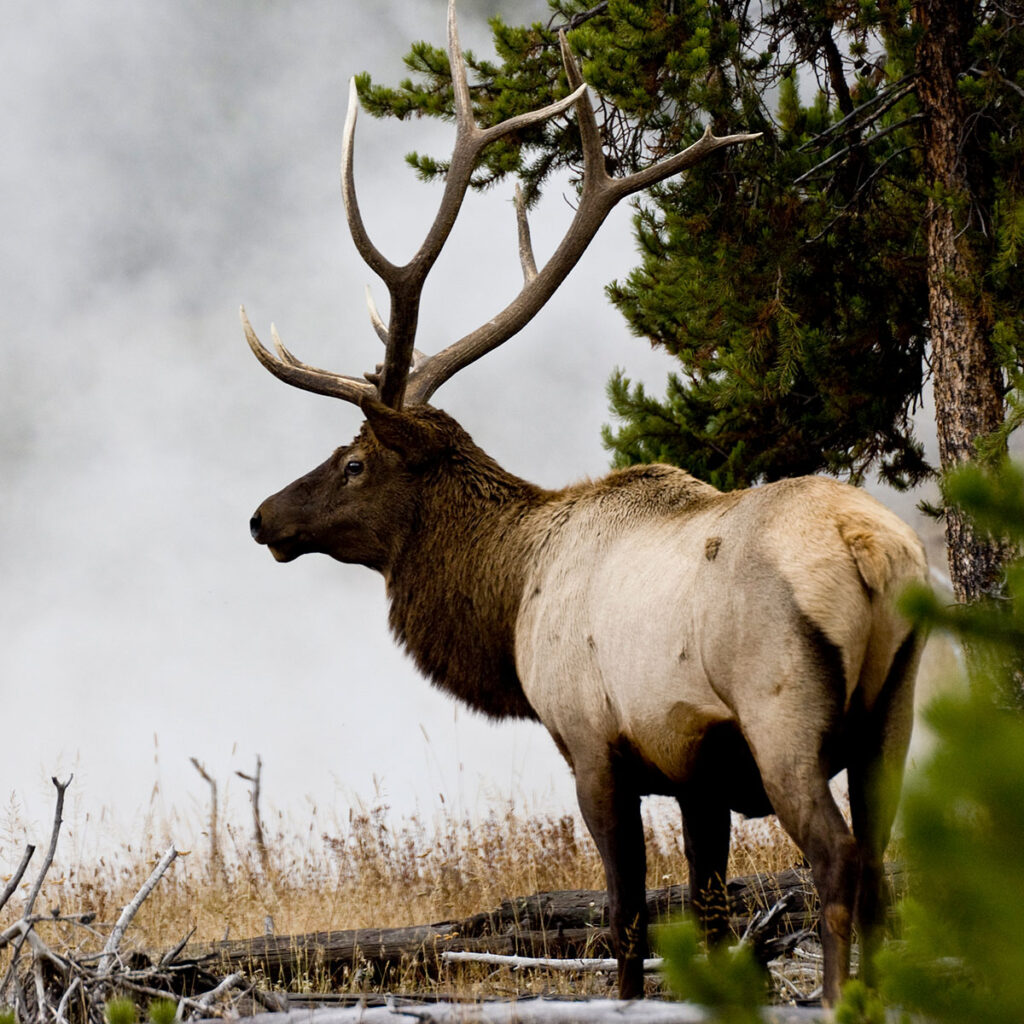Partner with a Payer
An initiative of the Office of Conservation Investment with state and industry partners

Field Tours
We invite industry representatives to unforgettable in-the-field experiences that show conservation in action. Join us in the woods with a bear biologist, visit a fish hatchery, help us band wild ducks, or see another of the many ways conservation professionals use federal excise taxes for critical work.

Facility Tours
We invite state fish and wildlife agency representatives to meet craftspeople and see manufacturing facilities in the industries whose federal excise taxes fund conservation. Join us in a tacklemaker’s workshop, walk a gunmaker’s factory floor, see a bowyer at work, or visit another of our many partners.

Restoring species
In the 1970s, populations of the Atlantic striped bass collapsed along the East Coast. State and federal agencies, supported by $57.6 million from federal excise taxes, helped populations recover in the 1990s. Abundant stripers now create $6.6 billion in economic impact through sport fishing. This is just one of more than 200 species of fish managed with Sport Fish Restoration funds.

Maintaining beautiful places
Our country is home to some of the most breathtaking scenery on Earth, and healthy habitats sustain our fish, wildlife, and plants. State agencies use federal excise tax funds to provide public access and habitat management on over 36 million acres of land in the United States, including thousands of Wildlife Management Areas and many other places for hunting, fishing and boating.

Managing wildlife
In the 1870s, West Virginia’s last native elk disappeared, but in 2015 the state’s Division of Natural Resources reintroduced the species, using more than $6 million from federal excise taxes to conserve a 10,852-acre property for elk, and to research, tag and transplant the animals. Elk are just one of 500 mammals and birds studied and managed with Wildlife Restoration funds.

Teaching tomorrow’s leaders
At the Green Mountain Conservation Camps in Vermont, children learn fishing, archery, shooting, hiking, and canoeing. Game wardens, foresters, and biologists teach them to appreciate fish and wildlife. Federal excise taxes support this camp, along with more than 2.5 million students who receive hunting or aquatic education across the country every year.
Together, industry, state and federal partners make conservation happen
Industry federal excise taxes have been crucial to American conservation since 1937, when pressure from conservation groups and the public helped pass the Federal Aid in Wildlife Restoration Act, known as Pittman-Robertson, followed in 1950 by the Federal Aid in Sport Fish Restoration Act, known as Dingell-Johnson. Together, these acts provide more than $1 billion a year to support fish and wildlife.






